How to Create a Hotbed Garden to Extend Your Growing Season
Are you an avid gardener looking to extend your growing season and enjoy fresh produce for a longer period? Creating a hotbed garden is a fantastic solution that not only allows you to start your gardening journey earlier in the spring but also enables you to continue reaping the rewards well into the colder months. In this comprehensive guide, we’ll walk you through the process of setting up a hotbed garden, sharing expert tips and insights to help you maximize your gardening success.
Understanding the Concept of a Hotbed Garden
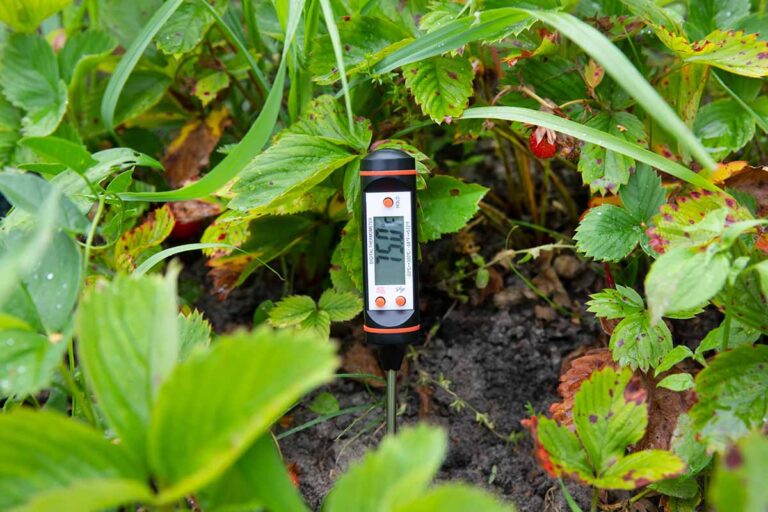
Before we delve into the nitty-gritty of hotbed gardening, it’s essential to grasp the concept and its advantages. A hotbed garden is essentially a raised garden bed with a unique heating system beneath the soil. This system utilizes organic materials, such as decomposing manure and straw, to generate heat. The heat created within the hotbed not only keeps your plants cozy but also accelerates their growth.
Hotbed gardens are highly effective for several reasons:
- Extended Growing Season: With the added warmth, you can sow seeds and plant crops earlier in the year, giving you a jumpstart on the growing season.
- Increased Crop Variety: Hotbeds allow you to experiment with a wider range of crops that might not typically thrive in colder climates.
- Energy-Efficient: They are an eco-friendly solution that reduces the need for artificial heating, cutting down on energy costs.
Now, let’s dive into the step-by-step process of creating your very own hotbed garden.
Step 1: Selecting the Right Location
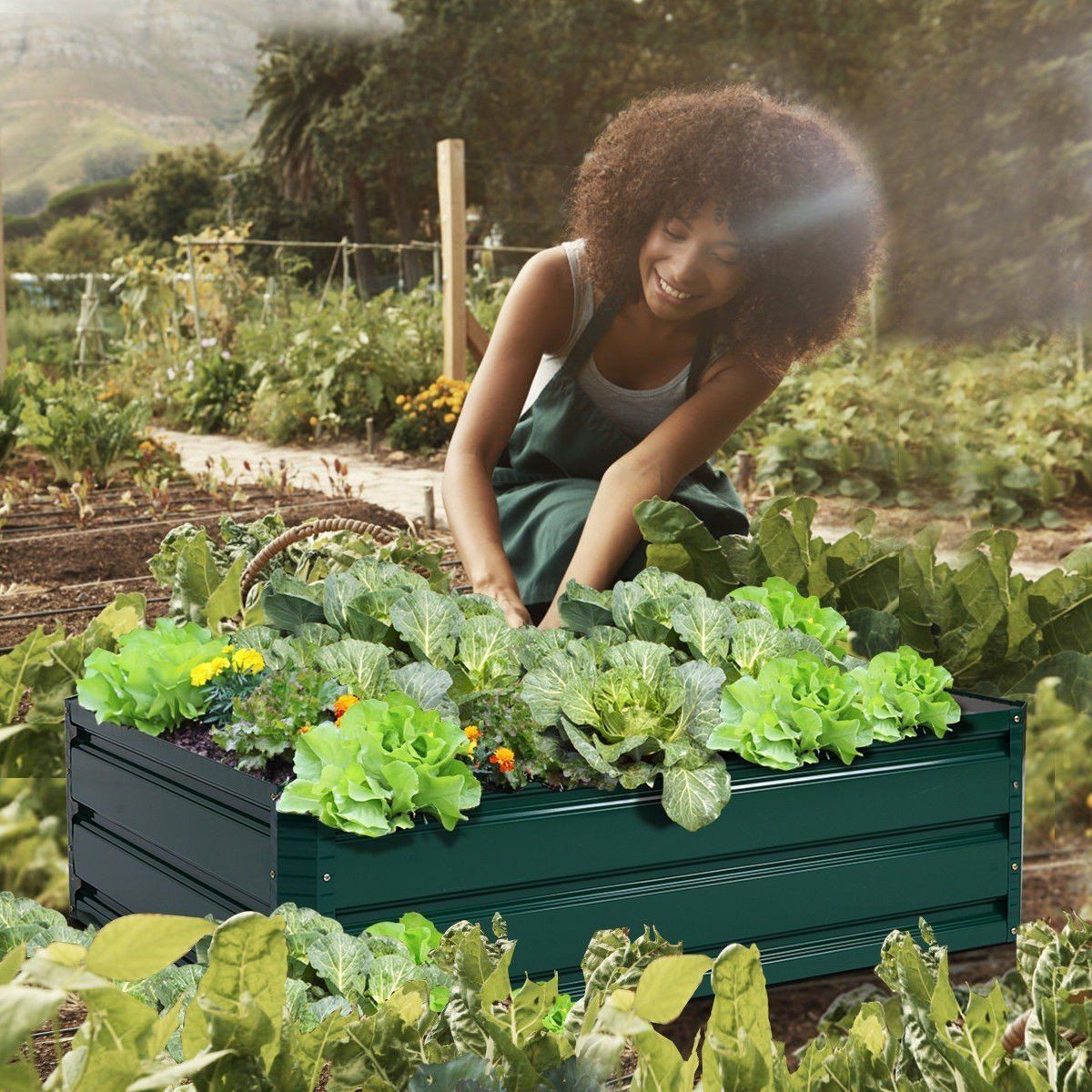
Choosing the ideal location for your hotbed garden is crucial for its success. Here are some factors to consider:
- Sunlight: Pick a spot that receives at least 6-8 hours of direct sunlight per day, as this is essential for warming up the hotbed.
- Proximity to Water: Ensure the garden is close to a water source for easy irrigation.
- Protection from Harsh Winds: Select a location that is sheltered from strong winds, as they can quickly cool down the hotbed.
Step 2: Constructing the Hotbed Frame
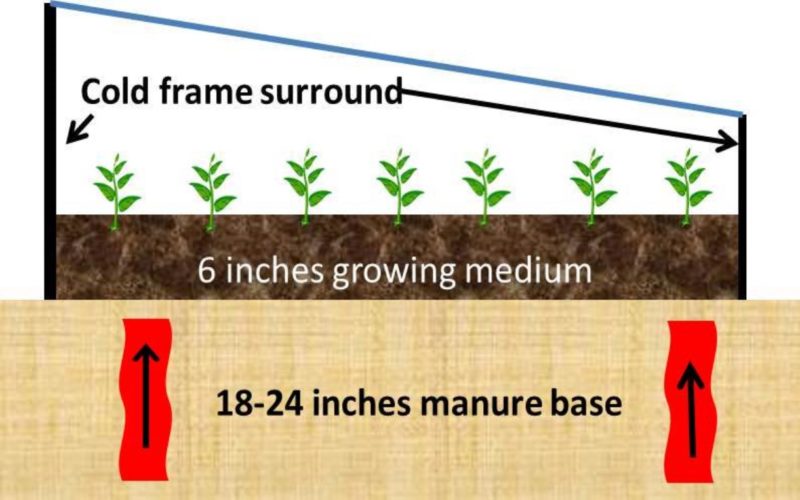
The frame is the foundation of your hotbed garden. It can be made from a variety of materials, such as wood, bricks, or concrete blocks. Here’s how to build it:
- Measure and Mark: Determine the size and shape of your hotbed. Common dimensions are 4×8 feet or 4×12 feet.
- Prepare the Site: Clear the chosen area of grass, weeds, or any debris.
- Build the Frame: Assemble the chosen material into a rectangular or square shape, ensuring it’s sturdy and level.
Step 3: Layering the Hotbed
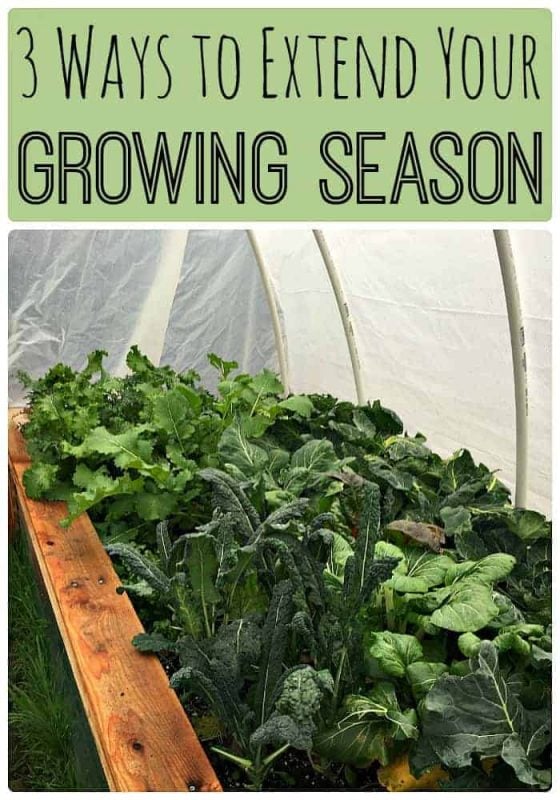
The key to a successful hotbed garden lies in the layers that generate heat through decomposition. Here’s how to create these layers:
- Bottom Layer (Drainage): Place a layer of gravel or coarse stones at the bottom of the frame to ensure proper drainage.
- Second Layer (Manure): Add a thick layer of fresh horse or cow manure. This layer acts as the primary heat source.
- Third Layer (Straw or Hay): Cover the manure with a thick layer of straw or hay. This acts as insulation to trap heat.
- Top Layer (Topsoil): Finish by adding a layer of high-quality topsoil where you’ll plant your seeds or transplants.
Step 4: Planting in the Hotbed
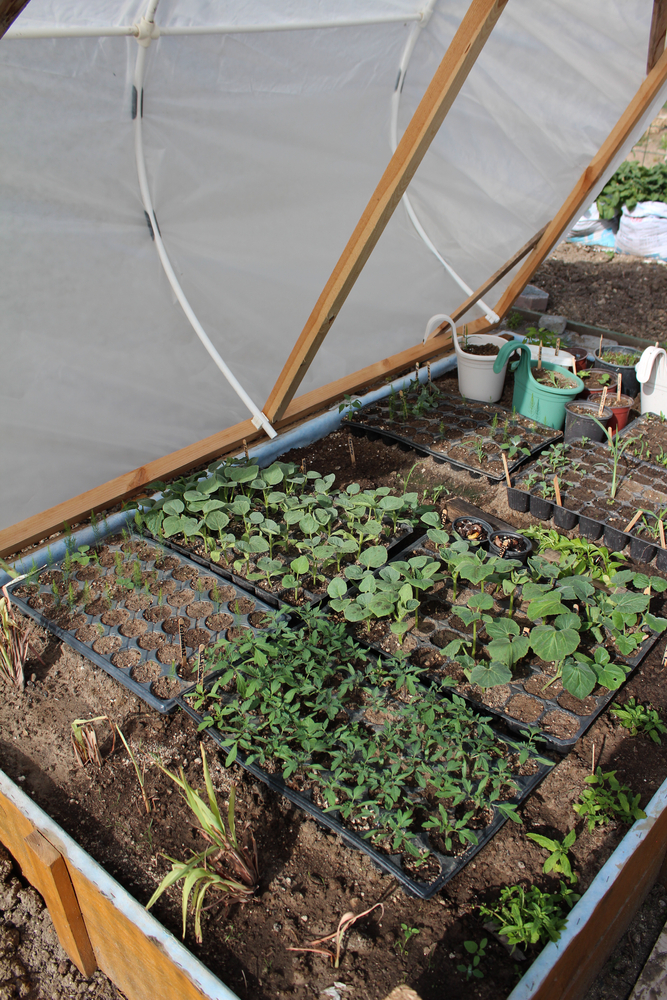
Now that your hotbed is ready, it’s time to start planting. Here are some tips:
- Sow Seeds: Plant cold-hardy crops like spinach, lettuce, radishes, and kale directly in the hotbed as early as late winter.
- Transplants: For more delicate plants like tomatoes and peppers, start them indoors and then transplant them into the hotbed when the weather warms up.
- Monitor Temperature: Keep an eye on the temperature within the hotbed. It should stay consistently warm. If it drops, add more straw or manure.
Step 5: Maintenance and Care
To ensure your hotbed garden thrives, follow these maintenance tips:
- Watering: Maintain consistent moisture levels, but avoid overwatering, as it can cool down the hotbed.
- Weeding: Regularly remove weeds to prevent competition for nutrients.
- Harvesting: As your crops mature, harvest them promptly to encourage continuous growth.
FAQs about Hotbed Gardens
Q1: What crops can I grow in a hotbed garden?
You can grow a wide variety of crops in a hotbed garden, including cold-tolerant vegetables like spinach, lettuce, radishes, and kale. You can also cultivate more delicate plants like tomatoes and peppers by starting them indoors and then transplanting them into the hotbed.
Q2: How long does the heat last in a hotbed garden?
The duration of heat in a hotbed garden depends on the materials used and the outside weather conditions. Typically, a well-prepared hotbed can maintain heat for several weeks to a few months.
Q3: Can I use a hotbed in any climate?
Hotbed gardens are most effective in climates with cold winters and short growing seasons. However, with the right insulation and temperature monitoring, they can be adapted to various climates.
Q4: What is the cost of building a hotbed garden?
The cost of building a hotbed garden can vary depending on the materials you use and the size of your garden. On average, it can range from $50 to $200 for a basic setup.
In conclusion, creating a hotbed garden is a fantastic way to extend your growing season and enjoy a wider variety of crops. By following the steps outlined in this guide, you can create a thriving hotbed garden that will provide you with fresh produce for an extended period. Happy gardening!
tag
- chicken feed
- how to Keep Chickens Off Your Porch
- How to grow oyster mushrooms at home
- Growing Kale in Pots


0 Comments